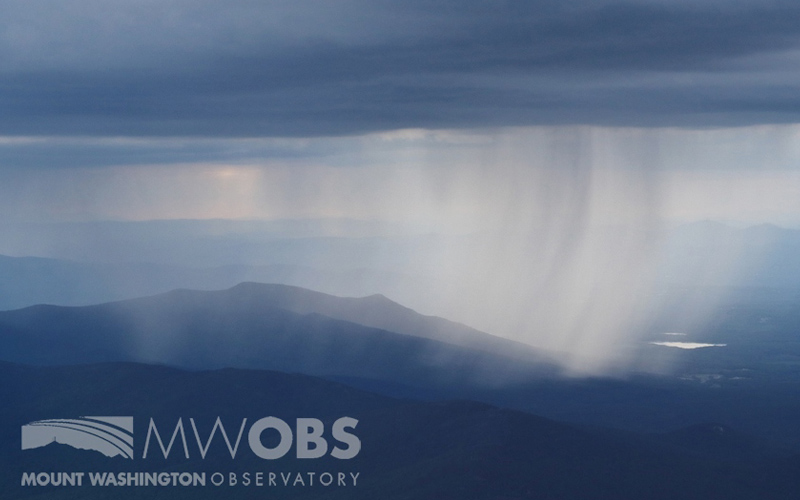Citizen Science Puts Weather Reporting in Your Hands

Ryan Knapp, Weather Observer & Meteorologist
Instrumentation by the Decade: the 60s
Instrumentation by the Decade: the 60s 2019-07-23 22:32:43.000 - Charlie Peachey, IT Intern As projects for the military began to wind down in the early 1960’s, several more projects began. The opening on the summit enabled Massachusetts Institute of Technology (MIT) to step in with their
Behind the Scenes: Intern Research
Behind the Scenes: Intern Research 2019-07-21 07:39:41.000 - Austin Patrick, Summit Intern Research is one of the many tasks that interns such as myself are given as part of our time up on the Summit. It tends to be one of the more time extensive tasks
Heating Up for Seek the Peak!
Heating Up for Seek the Peak! 2019-07-18 17:07:43.000 - Ian Bailey, Weather Observer/Education Specialist We are officially less than 24 hours away from Seek the Peak 2019!!!! The Observatory is buzzing with excited energy as everyone is cranked into 10th gear and finishing preparations. The valley
Why is Every Snowflake Unique?
Why is Every Snowflake Unique? 2018-12-01 10:17:17.000 - Chloe Boehm, Summit Intern Since the summit has seen 110” of snow since the start of the snow season (July 1st) and 58” during the month
A November to Remembrrr!
A November to Remembrrr! 2018-11-29 11:17:17.000 - Tom Padham, Weather Observer/Education Specialist With the month of November coming to a close, I thought I’d take a look back at how this month compares to
Subzero Summit Science
Subzero Summit Science 2018-11-27 17:39:18.000 - Ian Bailey, Weather Observer/Education Specialist It has been an incredibly interesting shift week. We had a great Thanksgiving here on the summit, and Adam and I even got

